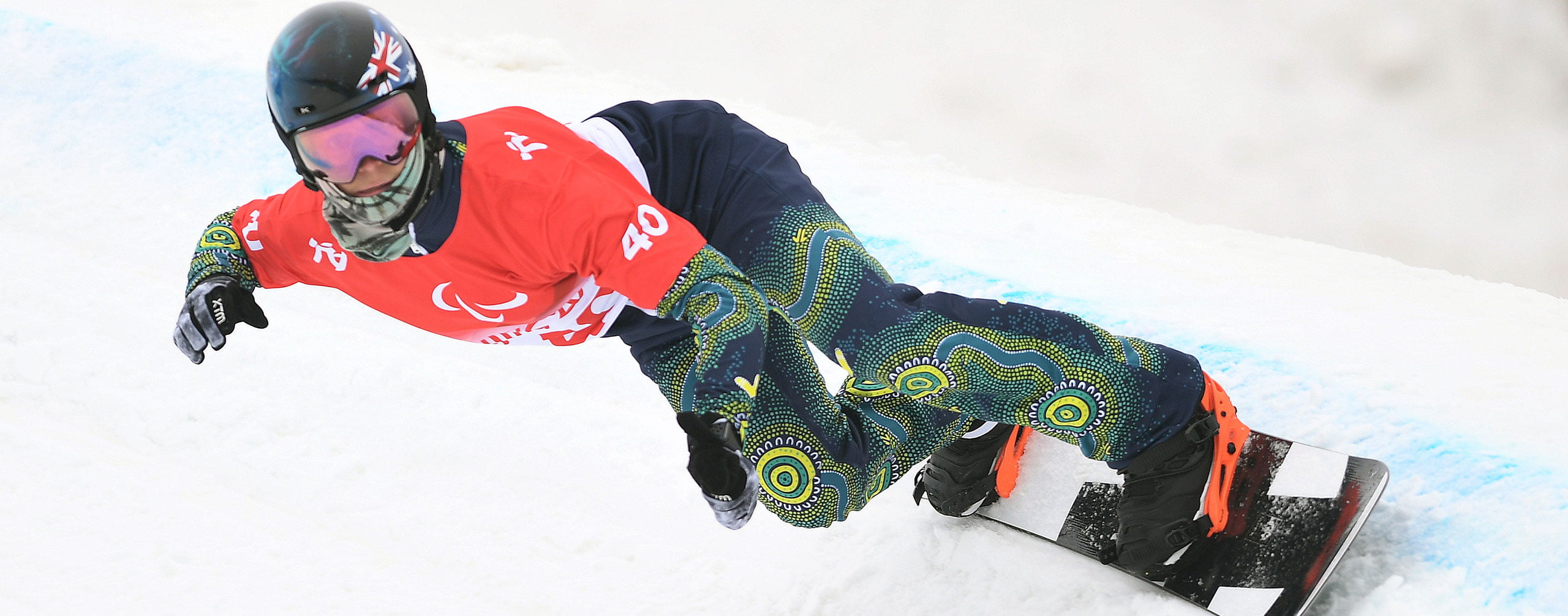Sports Summary
Para-snowboard made its first appearance in Paralympic competition at the Sochi 2014 Paralympic Games.
Para-snowboard is open to athletes with a physical impairment. It features three disciplines; banked slalom, giant slalom and snowboard-cross.
For more information on Para-snowboard Eligibility and How to Get Involved please see the Para-snowboard Information Sheet (PDF – 108KB) – updated August 2021.



